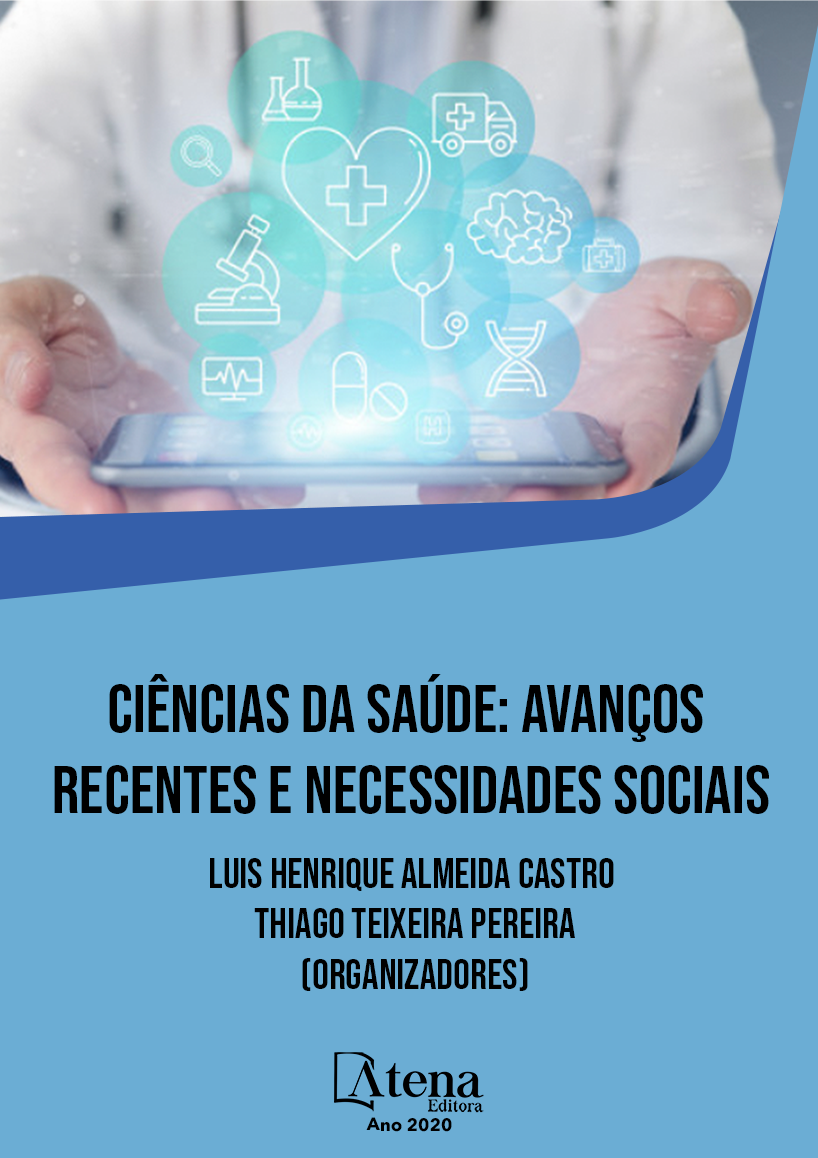
O USO DAS PIC´S PELOS PROFISSIONAIS MÉDICOS E ENFERMEIROS DURANTE O PRÉ-NATAL DE BAIXO RISCO, NAS UNIDADES BÁSICAS DE SAÚDE DA ZONA URBANA DE CARUARU- PE
No Brasil, desde 2006, com a publicação da Política Nacional de Práticas Integrativas e Complementares no Sistema Único de Saúde, tem-se buscado incorporar na Atenção Primária em Saúde as Práticas Integrativas e Complementares em Saúde que são inseridas como métodos terapêuticos que se embasam em tecnologias leves e de baixo custo financeiro com evidencia cientifica comprovadas. Assim o objetivo desse estudo foi descrever a percepção sobre uso das Práticas Integrativas e Complementares pelos profissionais durante o pré-natal de baixo risco, nas unidades básicas de saúde da zona urbana da cidade de Caruaru no estado de Pernambuco. Tendo como método um estudo de natureza empírica, exploratória, com abordagem descritiva. A amostra foi composta por 43 participantes. Houve uma perda amostral de sete (07) participantes. 100% dos profissionais de saúde da Atenção Primária residiam na zona urbana de Caruaru-PE. A coleta de dados deu-se mediante entrevistas através de questionário semiestruturado. Os resultados perante a percepção dos profissionais acerca das Práticas Integrativas e Complementares mostraram que os profissionais que atuam durante o pré-natal de baixo risco lidam com dificuldades que possivelmente sejam consideradas como entraves para implementação das Práticas Integrativas e Complementares durante a assistência. Ainda reconheceram déficit de conhecimento sobre a temática e pouco incentivo para uso das práticas, o que diz ser um desafio para sua implementação na atenção básica. Conclui-se que o uso das Práticas Integrativas e Complementares é considerado uma ferramenta extremamente positiva para a saúde e materno infantil, ao mesmo tempo em que possibilita uma ampliação do acesso a saúde, podendo dessa forma ainda atuar na prevenção, proporcionando uma melhor qualidade de vida, como também na integração com a comunidade e maior fortalecimento da atenção básica.
O USO DAS PIC´S PELOS PROFISSIONAIS MÉDICOS E ENFERMEIROS DURANTE O PRÉ-NATAL DE BAIXO RISCO, NAS UNIDADES BÁSICAS DE SAÚDE DA ZONA URBANA DE CARUARU- PE
-
DOI: 10.22533/at.ed.64320250517
-
Palavras-chave: Práticas Integrativas e Complementares; Profissionais; Atenção Primária a Saúde
-
Keywords: Integrative and Complementary Practices; Professionals; Primary Health Care.
-
Abstract:
In Brazil, since 2006, with the publication of the National Policy of Integrative and Complementary Practices in the Unified Health System, we have sought to incorporate in Integrative and Complementary Health Practices in Primary Health Care, which are inserted as therapeutic methods based on lightweight and low-cost technologies with proven scientific evidence. Thus, the objective of this study was to describe the perception of the use of Integrative and Complementary Practices by professionals during low-risk prenatal care, in basic health units in the urban area of the city of Caruaru in the state of Pernambuco. Using an empirical, exploratory study as a method, with a descriptive approach. The sample consisted of 43 participants. There was a sample loss of seven (07) participants. 100% of primary care health professionals lived in the urban area of Caruaru-PE. Data collection took place through interviews using a semi-structured questionnaire. The results regarding the professionals' perception of Integrative and Complementary Practices showed that professionals who work during low-risk prenatal care deal with difficulties that may be considered as obstacles to the implementation of Integrative and Complementary Practices during care. They also recognized a lack of knowledge on the subject and little incentive to use the practices, which they say is a challenge for its implementation in primary care. It is concluded that the use of Integrative and Complementary Practices is considered an extremely positive tool for the health and maternal and child health, at the same time that it allows an expansion of access to health, and can thus also act in prevention, providing a better quality of care. life, as well as integration with the community and greater strengthening of primary care.
-
Número de páginas: 15
- Tiago Verissimo Leite
- Gisele Lino Soares
- Simone Regina Alves de Freitas Barros
- Rhuanna Kamilla da Silva Santos


